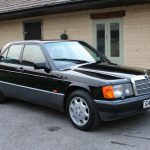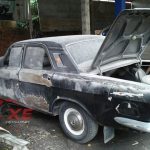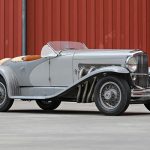Perhaps Derek Hood, the founder of JD Classics, did not expect his creation to become one of the most renowned classic car restoration shops in the world, while also earning him a spot on the Sunday Times’ top 100 richest individuals in 2015, with assets over £100 million.
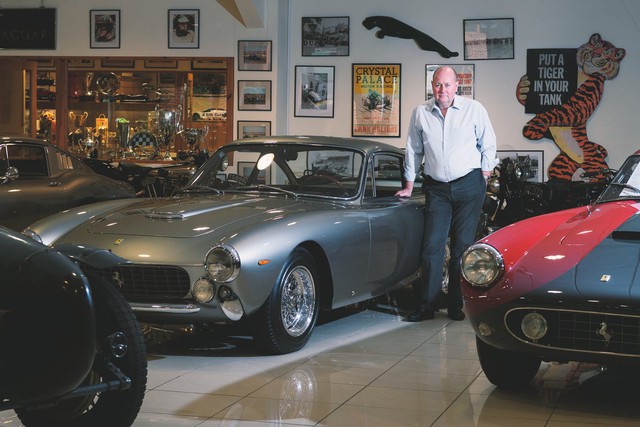
Talking about his success, he believes he was lucky to start at the right time. However, it is a well-deserved achievement for the perfect philosophy he has built over the past 30 years.
The passion for classic cars and his career ignited in Hood in 1986.
At that time, he was still a young dentist who saw classic cars as a hobby and bought them to customize them to his liking. However, everything changed one day when a stranger with the same interest approached him with a cheeky request to buy the Jaguar Mk2 in his garage at the time. After accepting the offer, he used the money to buy and subsequently customize a MINI Cooper S, and the same happened again.
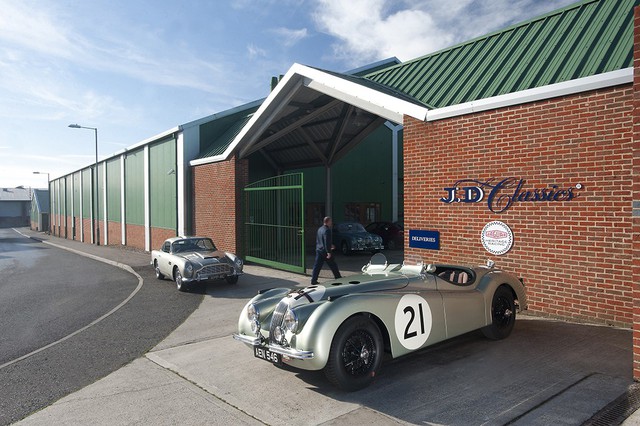
“After the second car, it was hard to ignore the potential of selling cars to me at that time. I bought another Lotus Cortina, fixed it up, and advertised it. It only took a few hours before someone came and took the car. Prior to that, I always had an interest in buying and selling, so I became more serious about restoring and customizing classic cars,” he shared. In 1987, JD Classics was born in Rettendon, Essex, England. He also quit his dental practice around that time because he no longer had enough time.
Since then, JD Classics has focused on restoring cars to Hood’s standards. They either bring the cars back to their original state or modernize classic models without losing the original “magic,” giving JD Classics’ customers two options. In the early stages, they only accepted Jaguar cars, but about 10 years ago, they felt confident and passionate enough to work on any brand, including Ferrari, Porsche, Aston Martin, and many more. Their customers may not be numerous, but they are regulars, mostly collectors or wealthy individuals who desire a unique classic car.

From then until now, JD Classics has continued to exist and grow steadily, thanks to individuals who have never lost their enthusiasm and passion for classic cars, despite various periods that seemed like the classic car segment would become a “dead segment” due to a sudden deep drop in average prices and a decrease in buyers. In the early 2000s, they had to move their headquarters from Rettendon to Maldon to build a larger restoration shop (about 10,000 sqm). Today, they have 7 showrooms displaying over 150 different types of classic cars, including traditional cars, racing cars, and even special motorcycles.
“Our philosophy is to turn great cars into perfect cars,” shared JD Classics’ current CEO, David Godber. The former marketing director from Lotus took office 7 months ago, during which the majority stake in JD Classics was acquired by a private investment group from Hood’s hands.

Godber said it would take at least an hour to explore every corner of this workshop. While walking, he explained, “our philosophy is to ‘transform cars the way they should have been crafted from the beginning’ without losing the philosophy of the people, the brands that created those car models. We have our own perspective on what a car deserves and how it should be treated.”
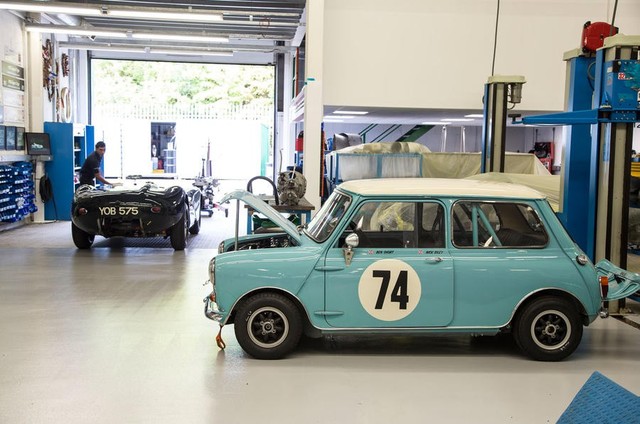
As soon as you enter the main showroom, you will see a series of one-of-a-kind car models due to their value, age, or the people who used to drive them. Next to the main entrance is the 1953 Ferrari 250MM Vignale Spider, which was once used by racing driver Mike Hawthorn, and beside it is a nearly new right-hand drive Ferrari Daytona. The special Jaguar XK120 was sent to Le Mans champion Mike Salmon on his 21st birthday; one of only 20 right-hand drive Lamborghini Miura SVs; the Jaguar Mk1 saloon of legendary racer Gerrey Marshall; Carroll Shelby’s Shelby Cobra 289 – the designer who single-handedly created the AC Cobra and Mustang… all create an indescribable feeling.
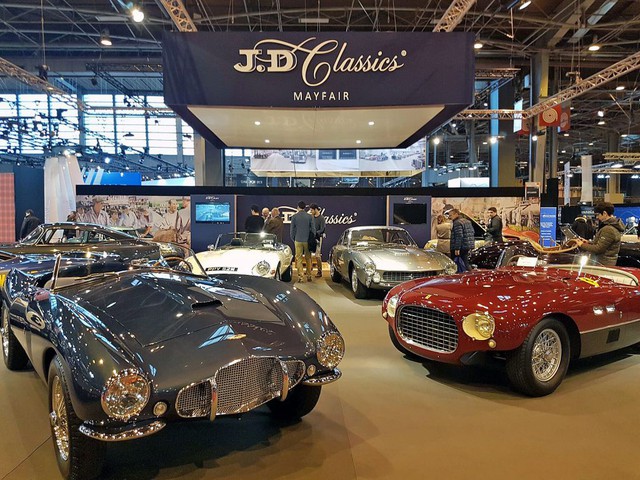
Chris Ward, the business manager of JD Classics, used to be a racing driver for Nissan. He played a significant role in introducing their “masterpieces” to major annual car events in England such as Le Mans Classic, Mille Miglia, and Goodwood Revival. Ward explained that JD Classics has three main areas of business: restoring cars for customers, buying cars to restore and find buyers, and customizing race cars according to customers’ requests.
One can say that JD Classics’ facilities are on par with any assembly plant in the UK, just on a smaller scale. The paint shop, restoration workshop, metalworking shop, customization workshop, engine workshop, and component storage warehouse all meet international standards.
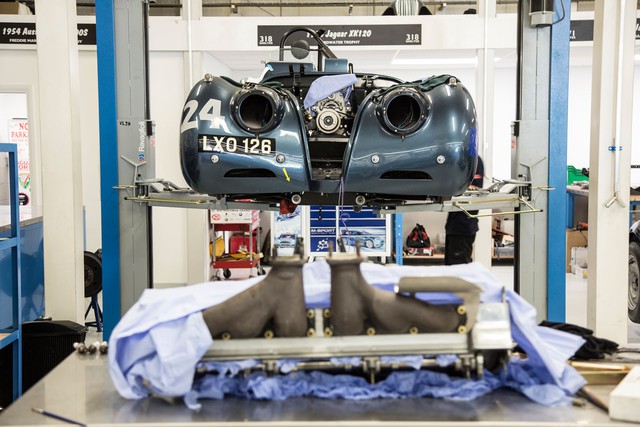
“Our assembly lines are designed for restoration purposes, not car production. The process of collecting components is also not simple. Many special car models use unique components that are now hard to find. Therefore, we also have our own component manufacturing workshop to ensure the highest possible quality.” They outsource smaller parts like decals, lighting systems, and batteries.
The final stage of any car that ends up at JD Classics is overseen by their own quality control workshop, led by Phil Grey, who is known for his meticulous attention to detail.
“Our cars have always been like that. They score high points because of their uniqueness. As time goes by, that uniqueness only increases, never diminishes. Just like in the past when everyone had a horse as a means of transportation. Now they have become luxury playthings.”
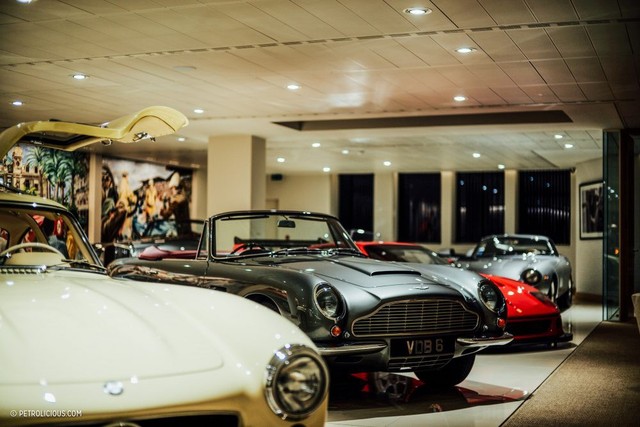
“In addition, we can also expand into other areas such as financial services, insurance, transportation, and storage for classic cars. We have also started providing consulting services to our customers. In general, we will develop in accordance with the needs of passionate classic car enthusiasts, no matter how unusual their demands may be, like wanting to own an F1 car or even a Bugatti EB110. Furthermore, the classic car market and the number of passionate enthusiasts are still growing.”
He also affirmed that although the overall value of classic cars may fluctuate over the years, the best and most unique car models will always retain their inherent value at any time.
“People forget why certain car models have such high value, whether it’s because of their origin, story, or the individuals associated with them. The development of the classic car market means that some car models with lower standards (accounting for 30-35% of the market share) also appear, giving the false impression that the entire market is declining. If you study classic cars, you will see that ‘the upper half’ always operates well’; in just a few months, 4 record-breaking classic car sale prices were set“.
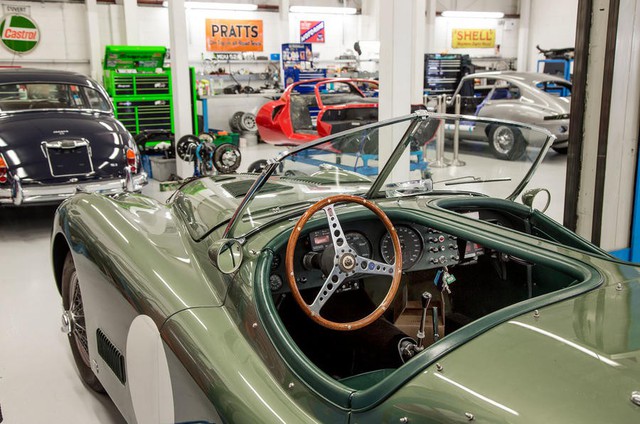

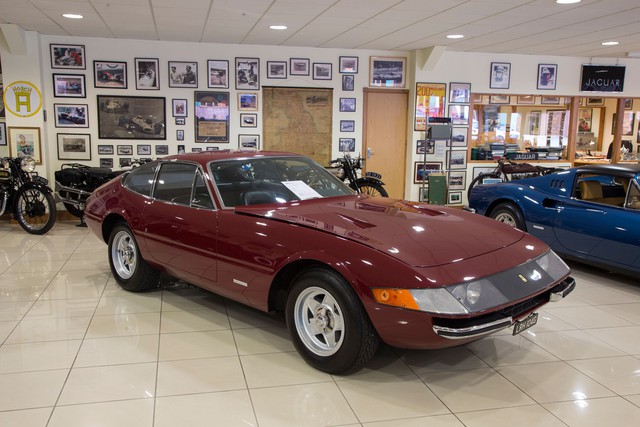
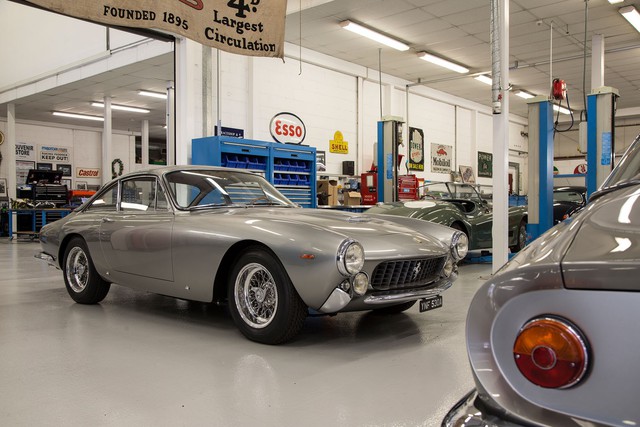
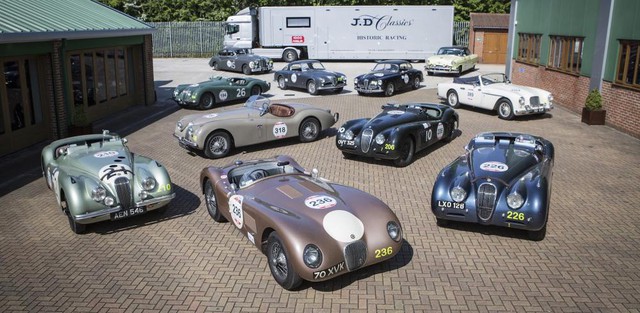
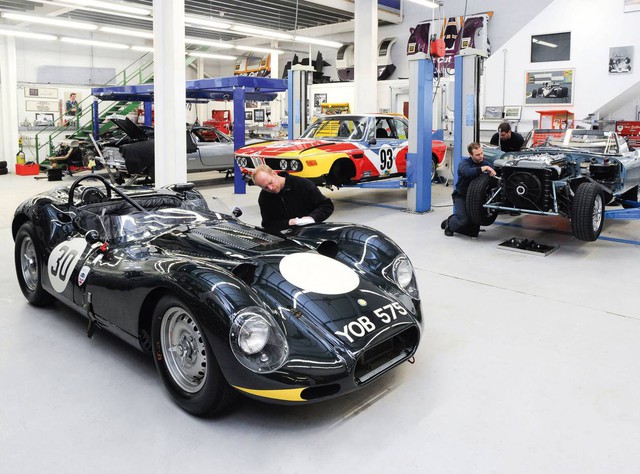
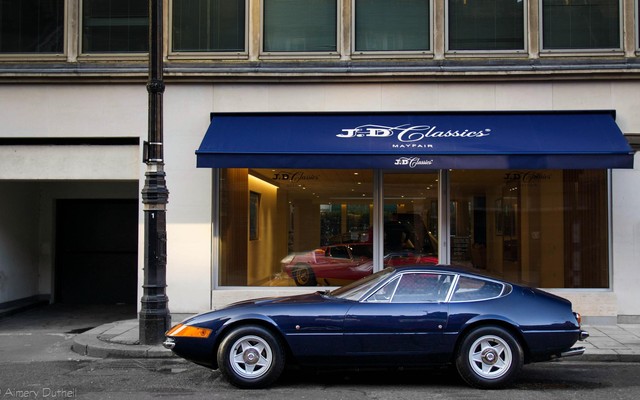

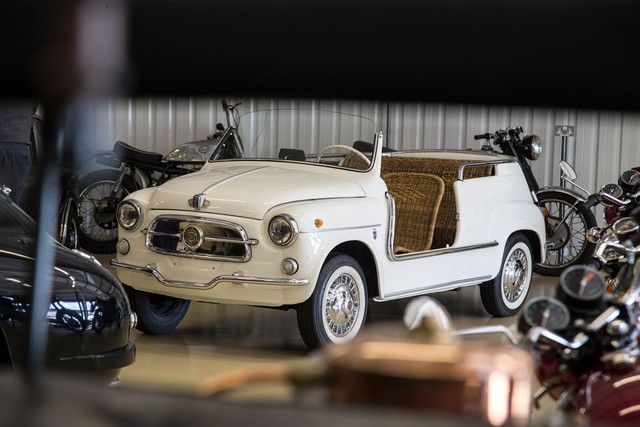
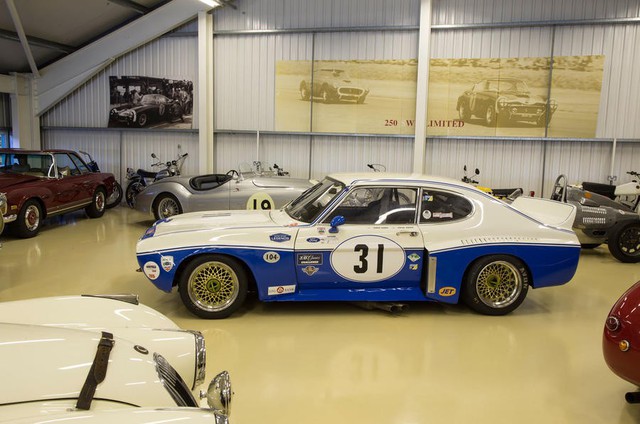
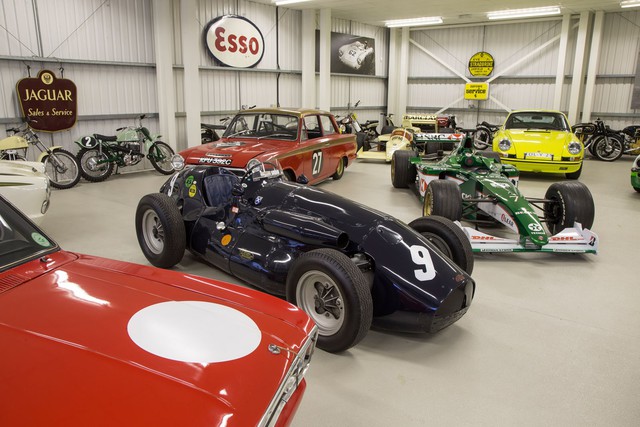

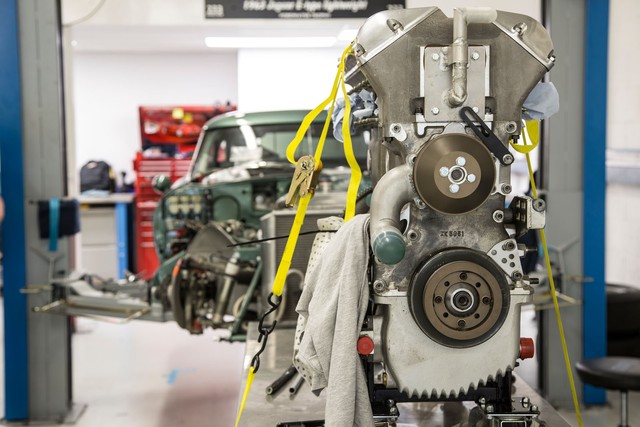
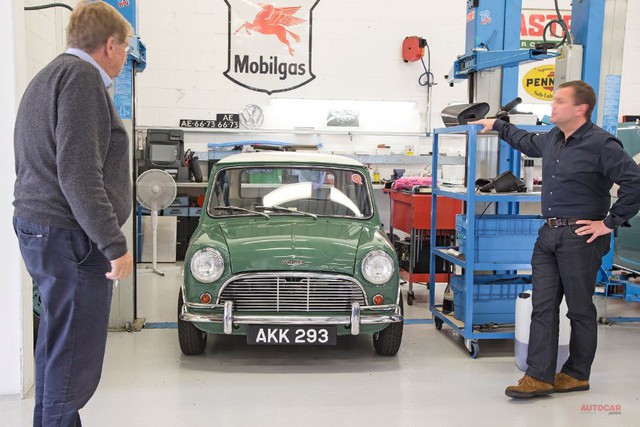
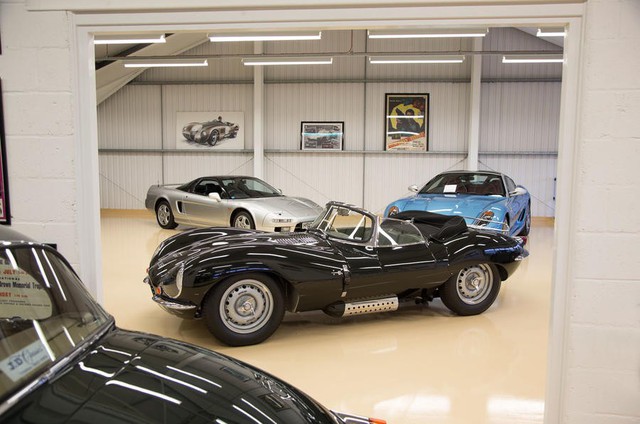
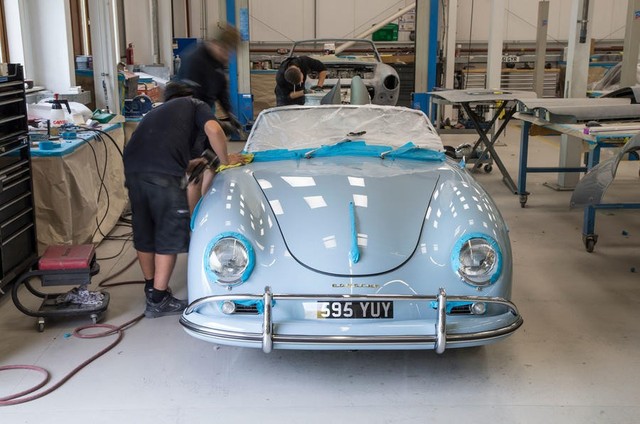
Driver in Bien Hoa rebuilds 1988 Mercedes-Benz 190E: Sacrifices ‘prized possession’ for ‘skeleton’ and transforms it into unique custom build to honor idol
Le Phuc is a passionate car enthusiast from Bien Hoa. He has a special interest in vintage cars, particularly BMW and Mercedes-Benz. With his collection of beautiful cars, he initially didn’t have to invest much time and effort into restoring them. His main tasks involved repainting, refurbishing the interiors, and upgrading the rims.
Soviet Minister’s Car Shines Bright After Rebirth
Over time, especially since the country opened up in the 1990s, Soviet cars have gradually disappeared to be replaced by Japanese, American, and European cars. Many Volga, Lada, and UAZ cars were liquidated from state agencies and transferred to civilian registration, but they did not exist for long before a wave of both imported and assembled cars flooded the streets. Soviet cars slowly drifted away and became a nostalgic reminder of a generation that has gone through two wars.




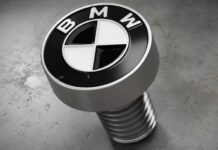


























![[CAR REVIEW] Ferrari Purosangue: The 39 Billion Dong Supercar in SUV Disguise](https://vnauto.net/wp-content/uploads/2023/10/xehay-ferraripurosangue-21062023-1-150x150.jpg)
